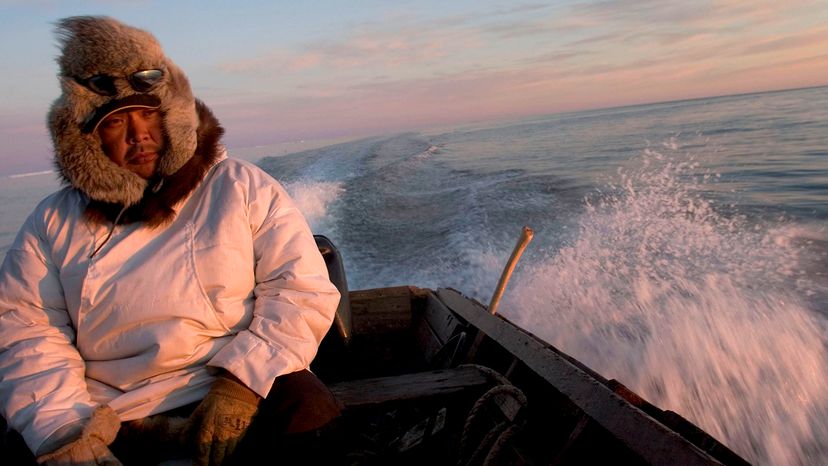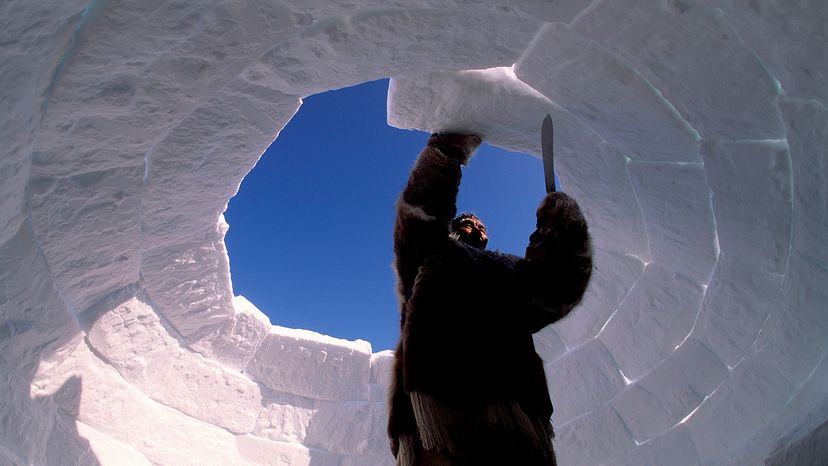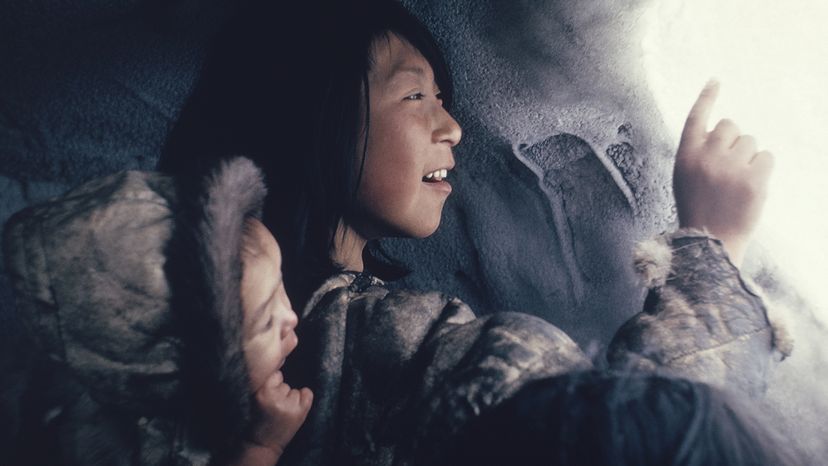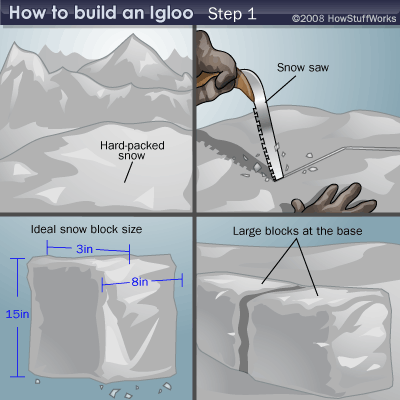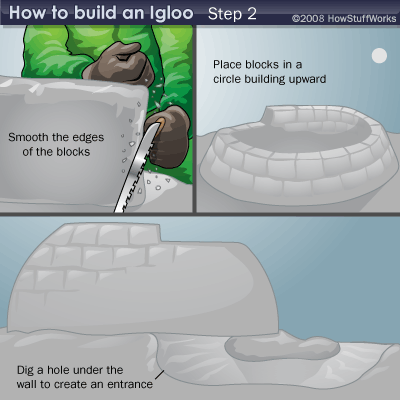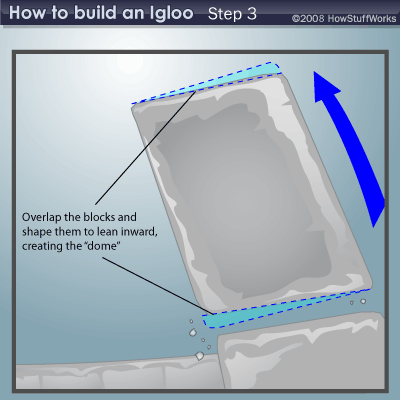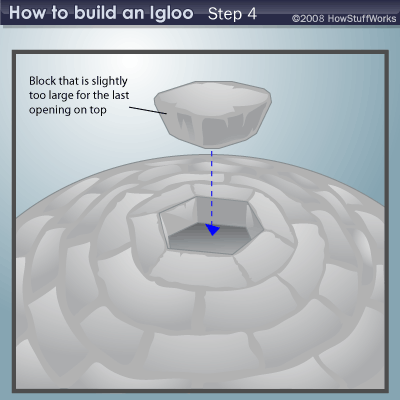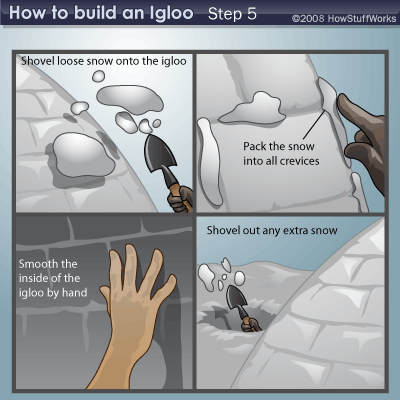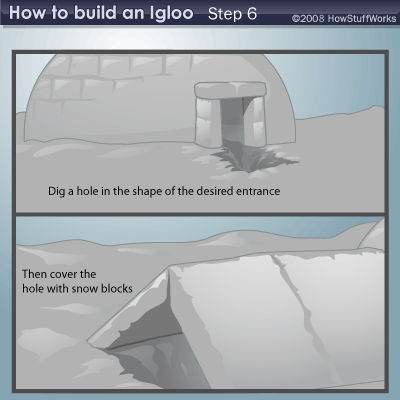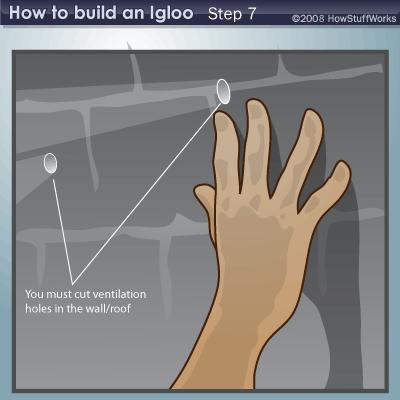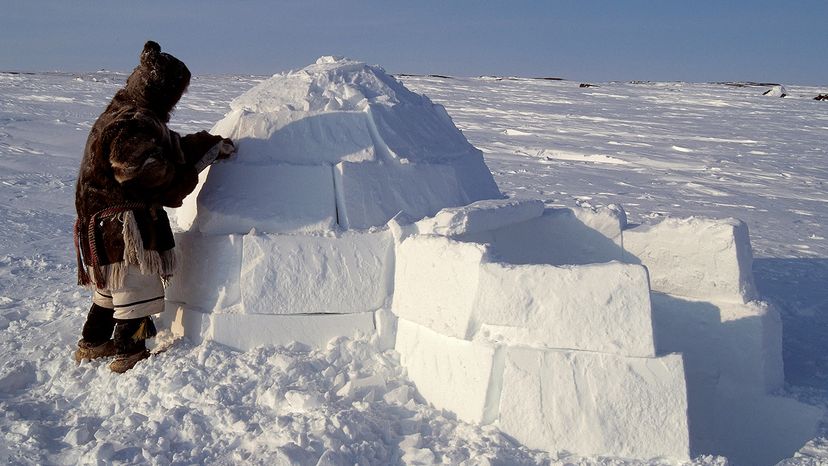
Long before brick or wood houses with indoor heat became commonplace, people had to be creative when building homes to protect them from nature's elements. Wealthy Europeans embraced the concept of a nearly indestructible castle built from stone. Native Americans in warmer climates favored the tepee, or tipi, made entirely of animal hides or bark.
Unfortunately, for the inhabitants of Earth's more frigid regions, such as the Canadian tundra, neither of these were good options. Building materials were pretty much nonexistent, making it difficult to craft even the most rudimentary home. These people used the only abundant material to form a modest roof over their heads: snow. Thus, the igloo, the Inuit word for "snow house," was born. The Inuit, better known to many as Eskimos, invented the igloo centuries ago. The igloo was a means for hunters to survive brutal winters in a vast area spanning more than 3,500 miles, including eastern Siberia, Greenland, Alaska and parts of Canada.
Advertisement
You might be wondering how a house made of snow could possibly shield Inuit hunters from frigid temperatures. After all, snow is pretty cold — and aren't igloos meant to counteract the cold? You may also be wondering why the Inuit would subject themselves to these icy conditions in the first place. But there's a reason why they made their homes in these areas.
In this article, you'll learn how igloos are built and how the properties of snow helped the ingenious Inuit create a low-cost, low-effort shelter. We'll also discuss the truth about some common igloo-related myths, as well as the basics of how to build your own igloo.
Bundle up and brace yourself because igloos aren't just picturesque mounds of snow dotting the frozen landscape — there's a whole lot to them. We'll start by learning about the Inuit, inventors of the igloo.
Advertisement
